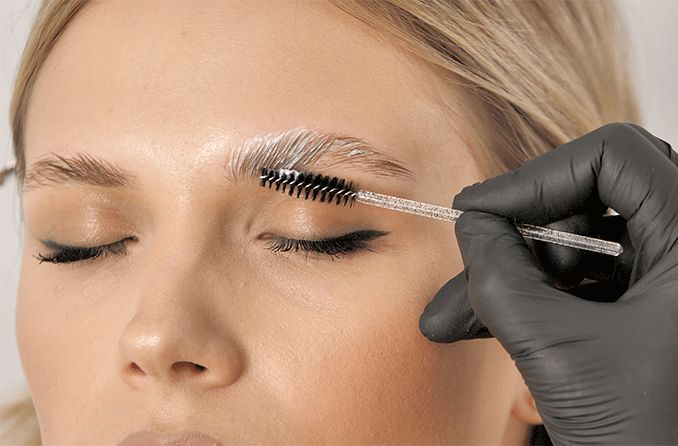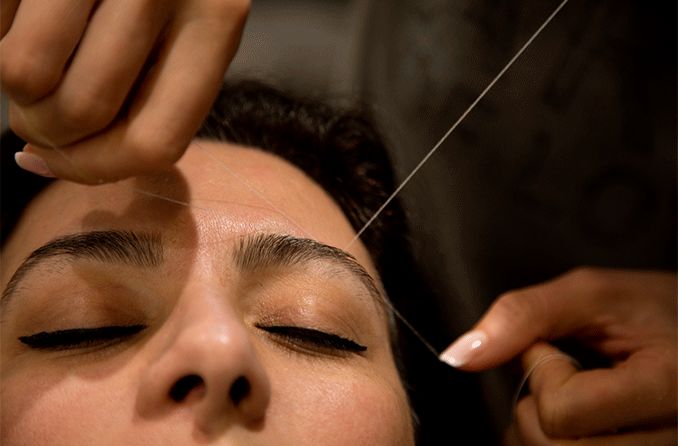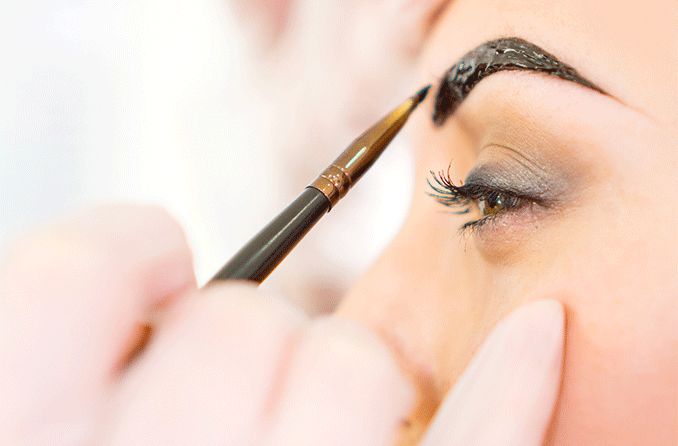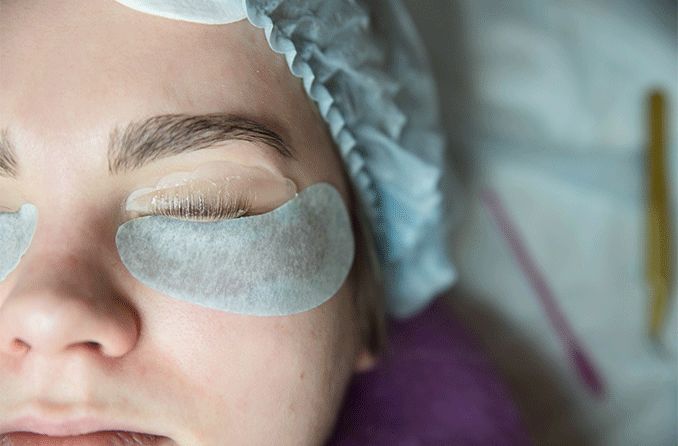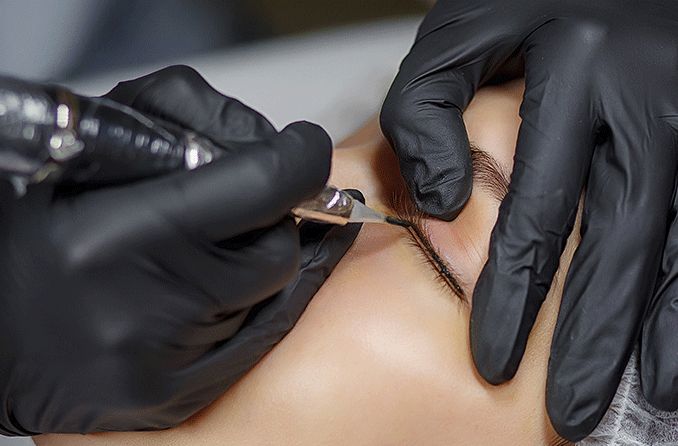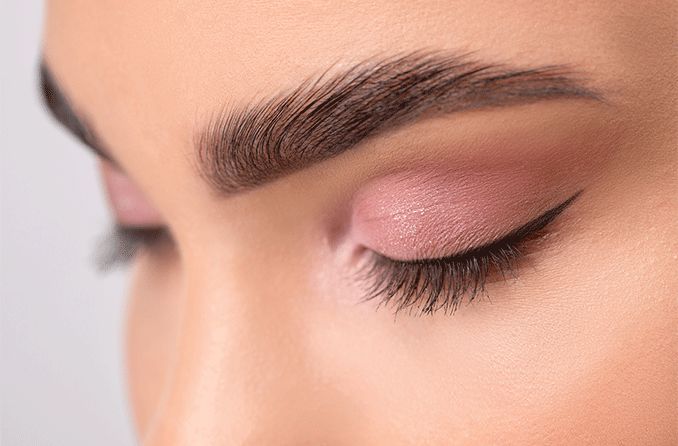What is eyebrow piercing?
Eyebrow piercing is the practice of puncturing or cutting the eyebrow area to create an opening where jewelry or ornaments can be worn. About 10% of all piercings in the U.S. are eyebrow piercings. They are generally safe if performed by a professional, but eyebrow piercings carry unique risks, such as eye infection and nerve damage.
Ear and nose piercing are very common forms of body piercing, stretching back thousands of years to the Egyptians and Greeks. Today, ears are the most popular piercing site, but other areas include the eyebrows, nose, lip, tongue, navel and genitals.
An eyebrow piercing will be placed somewhere along your eyebrow, usually either above or below it, often right at the arch. Often, a barbell, ring or dermal-anchor stud will be the decorative ornament. Dermal-anchor piercing is a method that creates a single point of opening so that one end of the jewelry shows above the surface of the skin.

